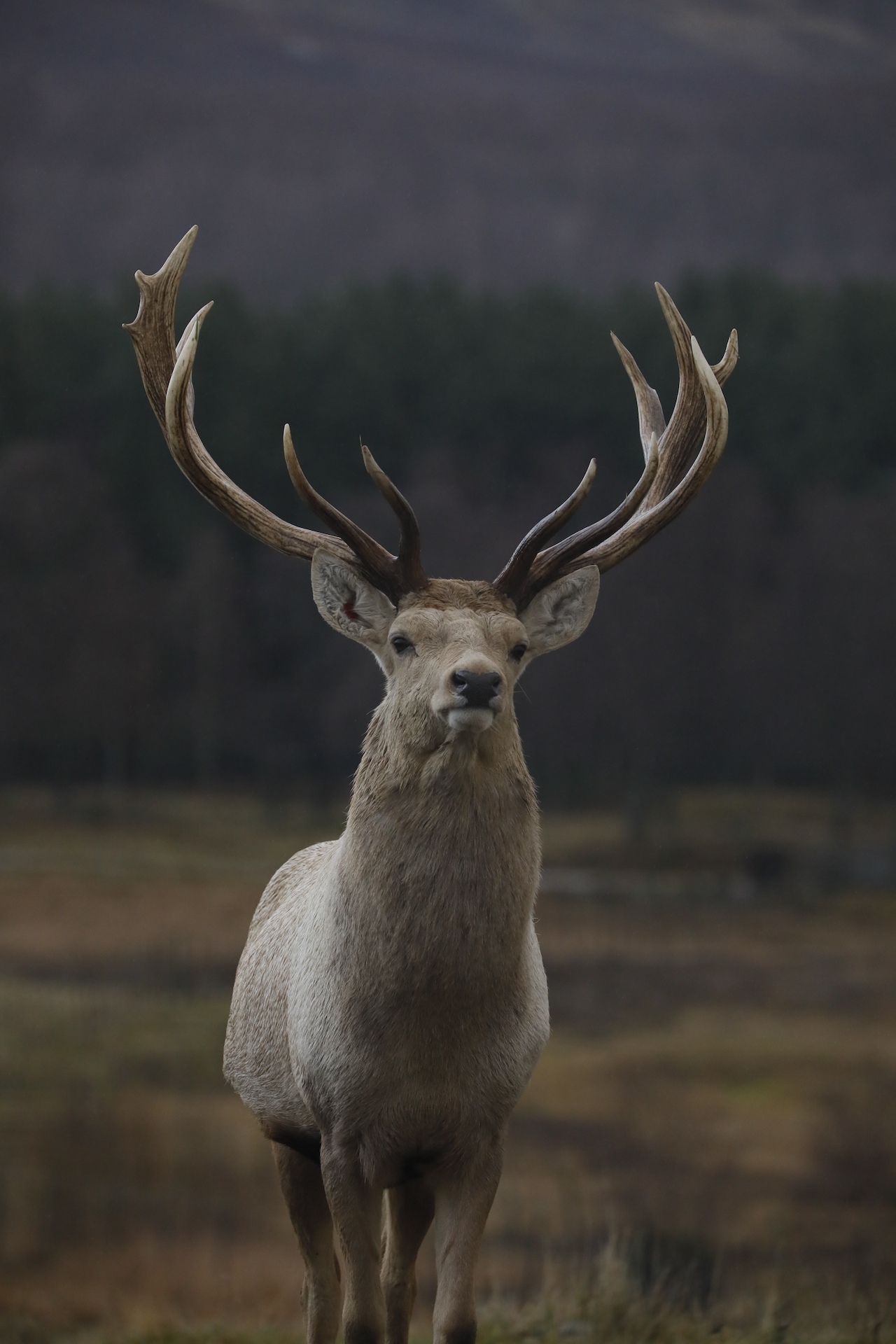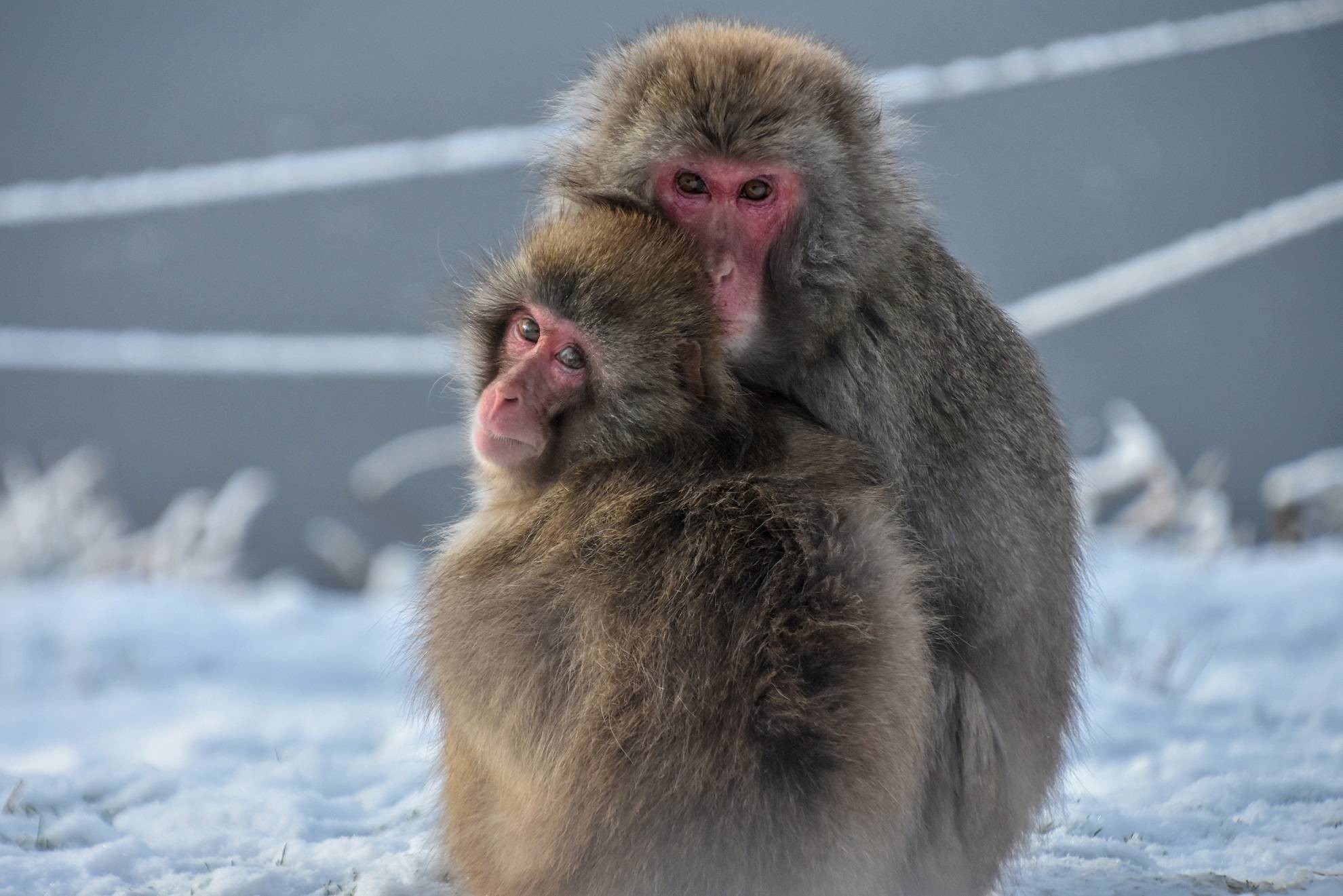Bukhara deer
Cervus elaphus bactrianus

We have three Bukhara deer here at Highland Wildlife Park - Dushanbe, Samsi and our newest arrival Bel'Cher, born in June 2023.
Population
Increasing
Diet
Herbivore
Habitat
Forest
Fact file
Bukhara deer are also known as Bactrian deer. They are related to red deer and American elk
For most of the year, they live in single-sex groups. Males and females come together for the breeding season and the stags perform a mating ritual called a rut
Only males have antlers, which are shed and regrown every year
Bukhara deer were once one of the most threatened mammals on earth. In 1999 there were just 400 left in the wild. Since then, habitat restoration and reintroduction programmes have boosted their numbers.
![Bukhara deer Dushanbe looking at camera [eye contact] IMAGE: Amy Middleton 2023](https://images.rzss.org.uk/media/Highland_Wildlife_Park/HWP_animals/Bukhara_deer/bukhara_deer_3.jpg)
How we're helping
Like all the animals in our care our Bukhara deer are amazing ambassadors for their relatives in the wild and help hundreds of thousands of people connect with nature every year. They encourage visitors to learn about the threats facing wildlife and the action they can take to help create a world where nature is protected, valued and loved.
As a wildlife conservation charity, we care for the animals here at the zoo and work to protect species at risk around the world. From providing expertise in genetics and veterinary health, to protecting wild places with local conservation partners, and even restoring threatened species to the wild, we are active where we are needed most.
Find out more about RZSS conservation
